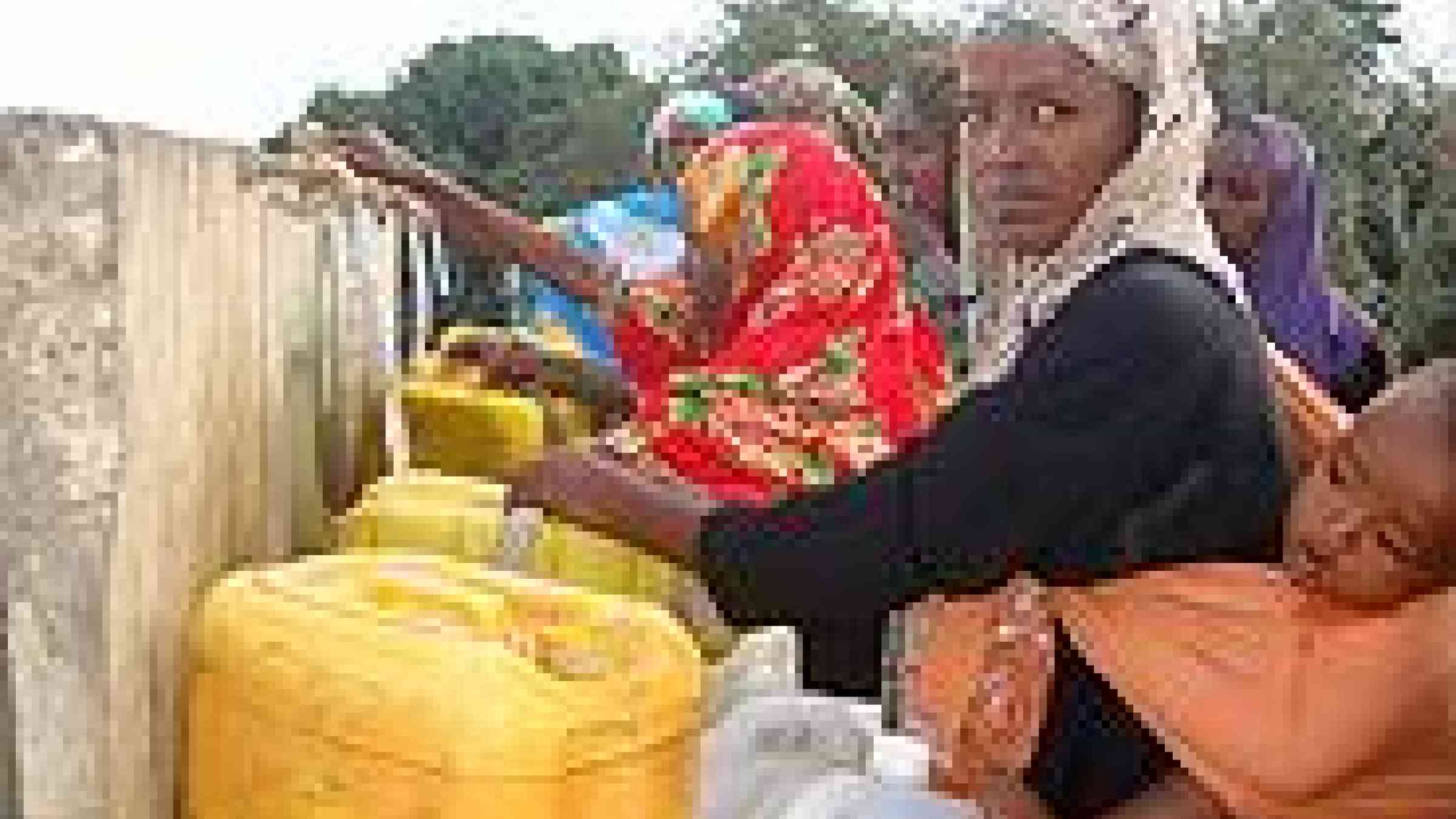
By Sarah Oughton
The British Red Cross welcomes a report released by Oxfam today which highlights the need for the humanitarian system to shift towards a local response, rather than global, when disasters strike.
Greater numbers of people are being affected by disasters due to issues which include:
- increased frequency of weather-related disasters
- more people living in urban contexts at risk of more complex disasters
- a burgeoning global population of 7 billion, which is expected to double by 2100.
As the report explains, the international humanitarian system will struggle to cope with those affected when disasters strike without having local response mechanisms in place.
For the British Red Cross, as part of an international Movement, working with local staff and volunteers is always central in any response to a disaster. And every Red Cross and Red Crescent National Society is a neutral auxiliary to its government, meaning their volunteers and staff are active from the earliest moments in a crisis.
In 2010, when an unprecedented earthquake struck Haiti, it was local volunteers who were first on the scene. Since then, the British Red Cross has been working closely with the Haitian Red Cross to help survivors recover.
Prepared before disaster strikes
As Oxfam’s report emphasises, there is an increasing need for emergency resources to be closer to where disasters happen.
Around the world the Red Cross has 187 National Societies and each has its own emergency supplies stored in-country. However, when large-scale disasters happen there can of course be a need for international assistance.
At the British Red Cross our aim is to buy and store goods locally so as to speed up our response, boost local economies and ensure assistance is relevant to local society and culture. For instance, we store emergency relief items in warehouses in Kuala Lumpur and Panama, which are strategically positioned close to areas more prone to disasters.
If we don’t have what is needed in our pre-positioned stock another approach we use, as for example in our response to the current food crisis in east Africa, is to release cash to buy items in-country or nearby. This is an efficient way of responding and supports the local economy.
When responding to an emergency, the Red Cross co-ordinates with affected governments the UN and other humanitarian organisations – however co-ordination in the chaos of a disaster is always a challenge and all actors have a responsibility to improve ways of working together more effectively.
Reducing the risk of disasters
Investment in reducing the risk of disaster is a core part of British Red Cross work. When we plan a recovery programme to help people get back on their feet, we also look for ways to lessen the impact of future disasters. In Haiti, we’ve seen how improving the ways we communicate with people affected by disasters is vital to ensuring that communities are at the heart of and engaged in their own recovery.
However, it’s not only in the aftermath of disasters that we help communities be better prepared. Bangladesh is one of the most disaster-prone countries in the world, but the work that the government, the Red Cross and other organisations have done to help communities at risk of cyclones get prepared has had a huge impact in recent years. In part, this work can be attributed for the fact that in 2007 Cyclone Sidr resulted in more than 3,300 people losing their lives, where as in 2009 when Cyclone Aila struck the number of lives lost – while still too many – was reduced to 190, although 300,000 lost their homes and livelihoods.
When disasters strike humanitarian aid is essential and the generosity of donors at such times helps save lives. Although the emphasis remains on responding to crises, as Oxfam’s report points out, there is not enough investment in preventing and reducing the risk of disasters.
We know that when the TV cameras shine the spotlight on a humanitarian disaster people are willing to give a donation, but raising money to help people prepare for a disaster that hasn’t happened proves a much bigger challenge.
And yet according to the United Nations Development Programme (UNDP), every $1 spent on reducing the risk of disasters could save $4 in responding to an emergency.
I doubt many people know that and it’s not exactly a headline winner – but if anyone has a bright idea on how to get people excited about putting their hand in their pocket to support disaster risk reduction please let me know!